Obstructive and non obstructive azoospermia
According to experts, azoospermia, a condition in which there are no sperm in the ejaculate, occurs in 1% of men and is the cause of 10-15% of male infertility. Azoospermia can be obstructive or nonobstructive. In obstructive (OA), spermatozoa are produced by the testicles, but due to obstructions in the seminiferous tract, they do not enter the ejaculate, and the cause of non obstructive azoospermia (NOA) is a violation of sperm synthesis.
NOA accounts for up to 60% of all cases of azoospermia. It is usually a consequence of cryptorchidism, testicular torsion, orchitis, or Klinefelter's syndrome. A high probability of NOA with a small volume of testicles and/or an increased level of FSH (follicle-stimulating hormone).
Surgical treatment of NOA
Until recently, men having NOA were considered completely infertile, and the only possibility of parenthood for them was the use of donor sperm. Later, it was found that isolated foci of spermatogenesis still persist in the testes, and using a biopsy, mature and active spermatozoa can be obtained for further use in the ICSI program - intraplasmic sperm injection.
Several techniques were created for this, including:
· TESA — epidermal aspiration biopsy of the testicles;
· TEFNA — fine-needle aspiration biopsy of the testicles;
· TESE — open testicular biopsy;
· Micro-TESE - Microsurgical Testicular Sperm Extraction.
TEFNA fine-needle aspiration biopsy and TESA percutaneous testicular aspiration biopsy are minimally invasive, affordable, and easy to perform, but have low rates of NOA comparing to open testicular biopsy, no more than 10–20% according to various data
Traditional open biopsy TESE is twice as effective — 16,7–45% according to various data. It has a low risk of complications and has a less negative effect on the further function of the testicles. However, the real breakthrough was the method discovered in 1998 and described by Schlegel - Micro-TESE. This method combined the advantages of aspiration and open biopsy. Minimal trauma is achieved due to accurate identification of areas of active spermatogenesis using a surgical microscope. The efficiency of Micro-TESE is 43–63%.
Micro-TESE
During the surgical intervention, the tubular tissue of the testicle is examined using a surgical microscope with 10-25 times magnification. This magnification makes it possible to visualize the blood vessels well and avoid their injury. The surgeon finds single tortuous seminiferous tubules, which differ from the vessels in their large diameter and opal color. They are the most promising in relation to spermatozoa, from which extraction is carried out. If the tubules are not identified, the surgeon takes several samples of tissue from different areas of the testicle
As a result, a small amount of tubular tissue is extracted. Bleeding is quickly eliminated by bipolar coagulation with the help of microtweezers, thanks to which it is possible to minimize operative trauma and the number of remote postoperative complications, which are not uncommon during traditional open biopsy. The obtained material is immediately transferred to the embryologist, who mechanically processes and examines the tubules, extracting spermatozoa from them. After the diagnosis, the spermatozoa are used to fertilize the partner's oocytes in an IVF or ICSI program, or cryopreserved for use in subsequent cycles.
Patients are discharged home on the day of surgery. For 10 days, they are recommended to refrain from physical activity, including sports and sexual life. Before removing the stitches (8-10 days after the operation), the wound should be treated once a day.
Indications:
· Sertoli cell-only syndrome;
· Klinefelter syndrome;
· testicular hypoplasia;
· Y-chromosomes microdeletion in the AZFc locus.
The Micro-TESE advantages are noticeable particularly in Sertoli cell-only syndrome, as they allow the preservation of areas of active spermatogenesis.
Contraindications:
· infectious diseases in the acute stage;
· STDs (sexually transmitted infections);
· blood coagulation disorders.
These contraindications are relative, after their elimination Micro-TESE can be performed.
Micro-TESE is ineffective for:
· de la Chapelle syndrome (XX-male syndrome);
· complete microdeletion of the Y chromosome in the AZFa or AZFb locus.
These contraindications are absolute.
Today, Micro-TESE microsurgical testicular biopsy is the most effective and safest method of obtaining spermatozoa from patients having non-obstructive azoospermia for subsequent artificial insemination. It gives a chance for fatherhood to men with severe disorders of spermatogenesis









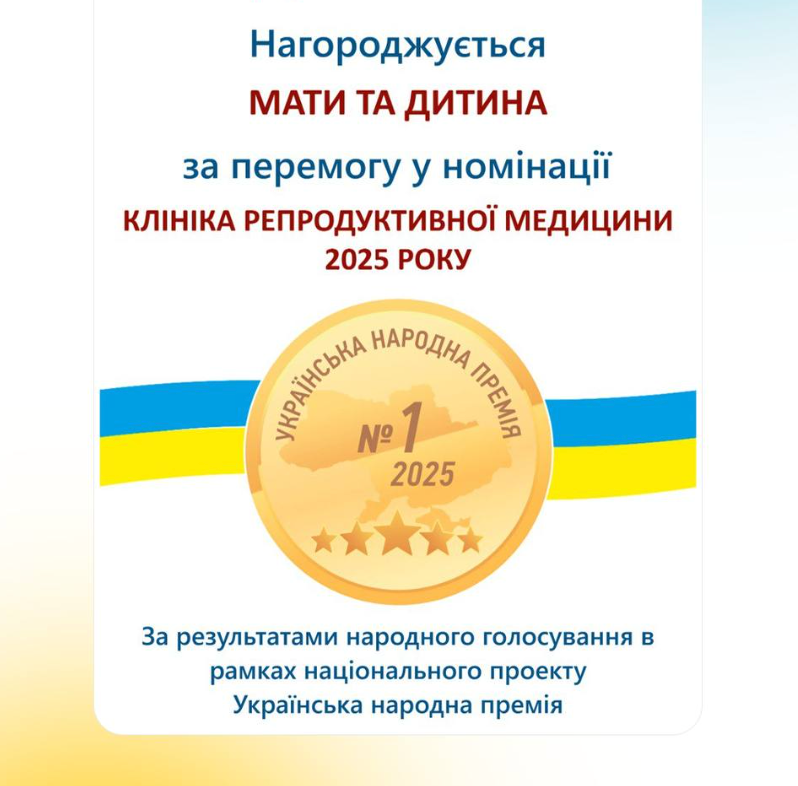



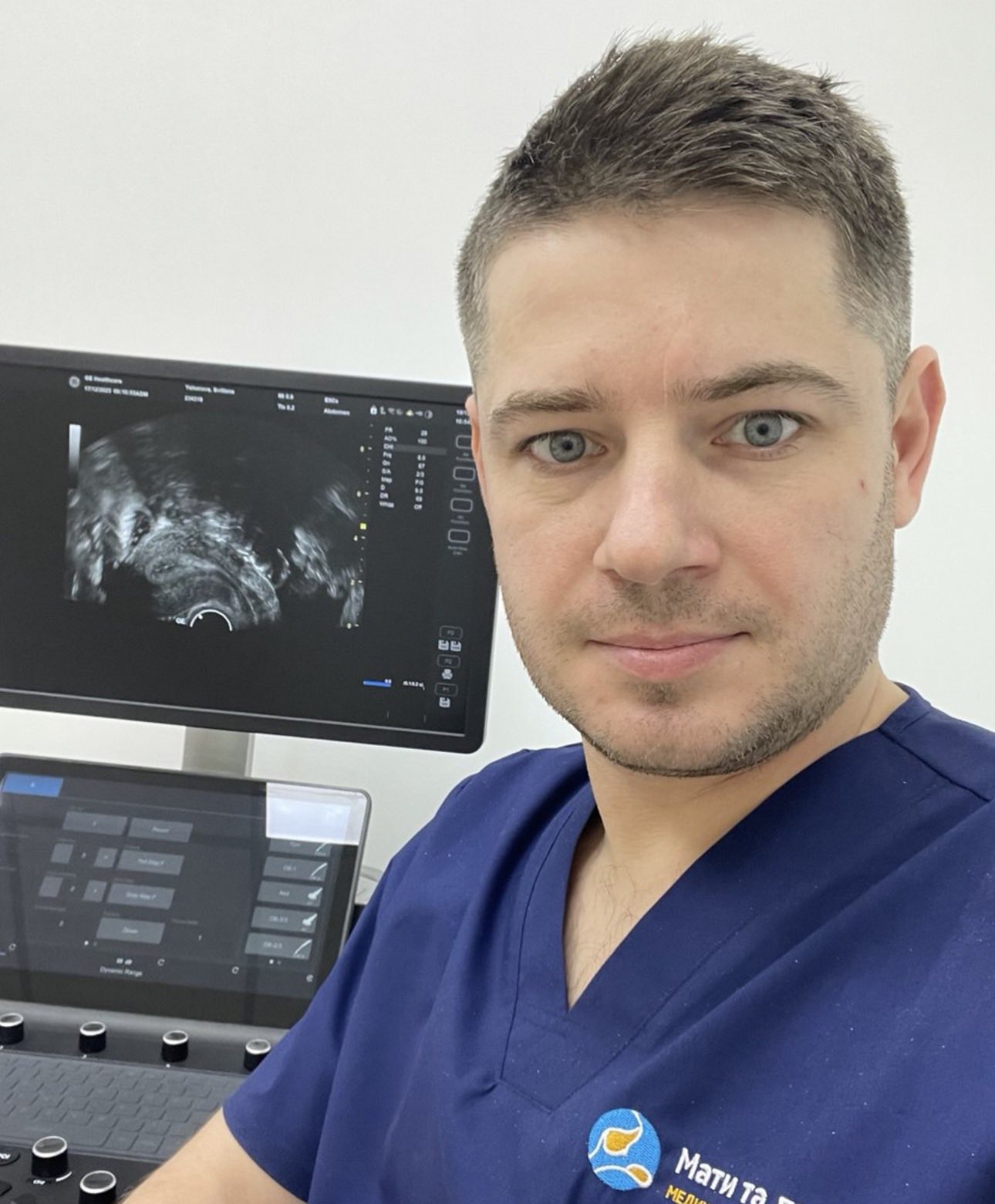

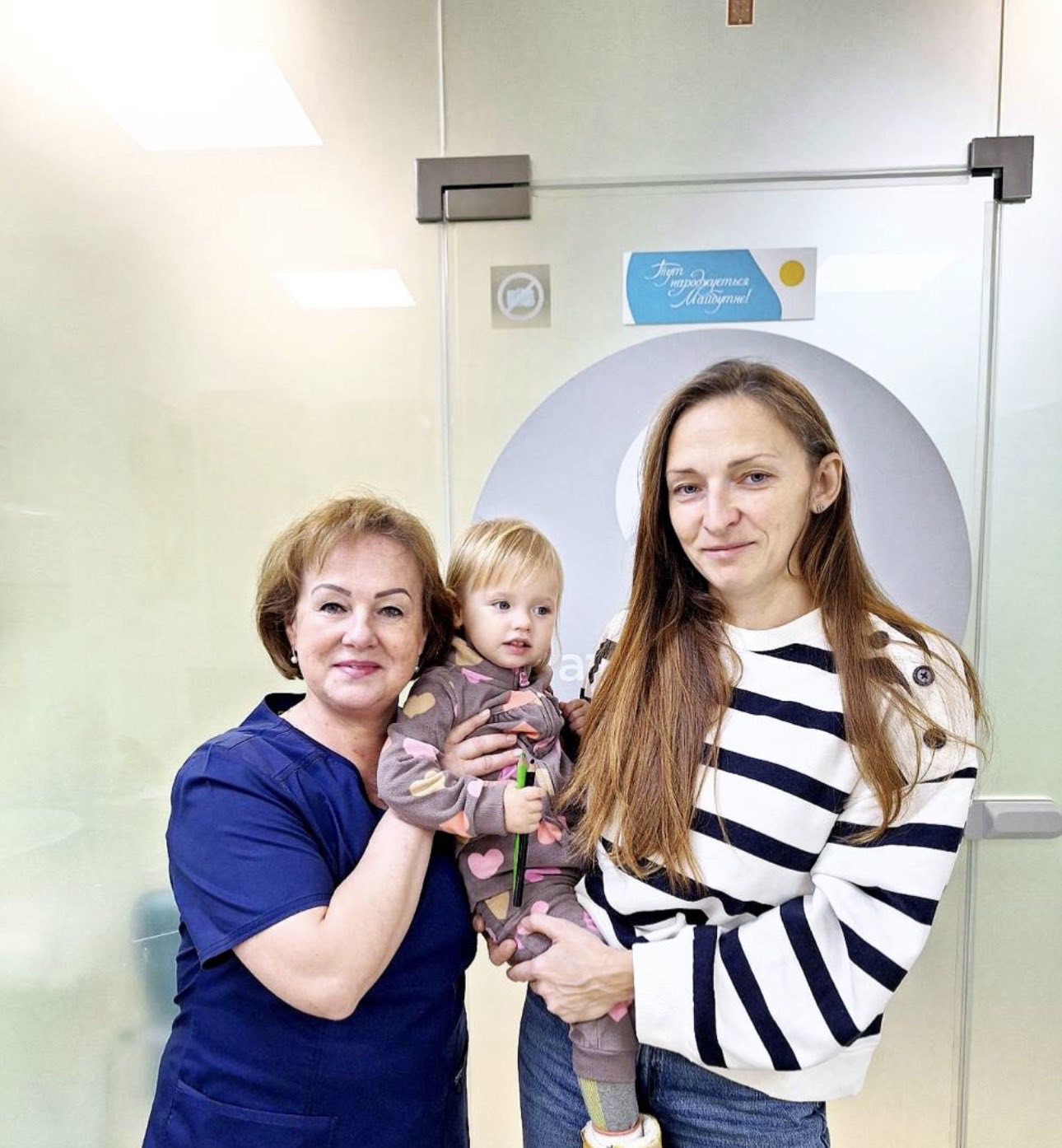
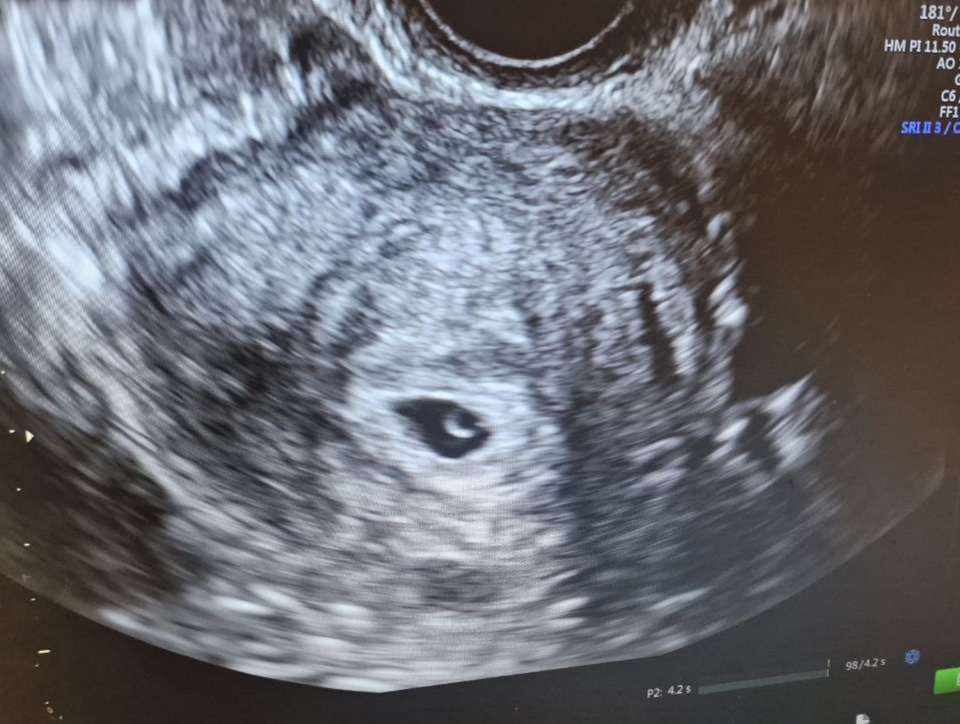



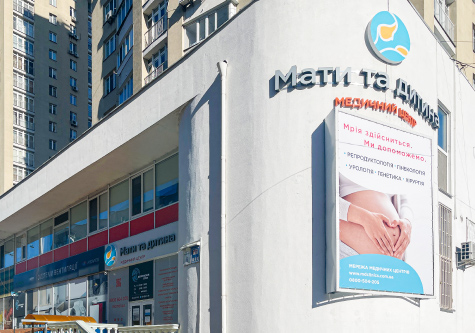

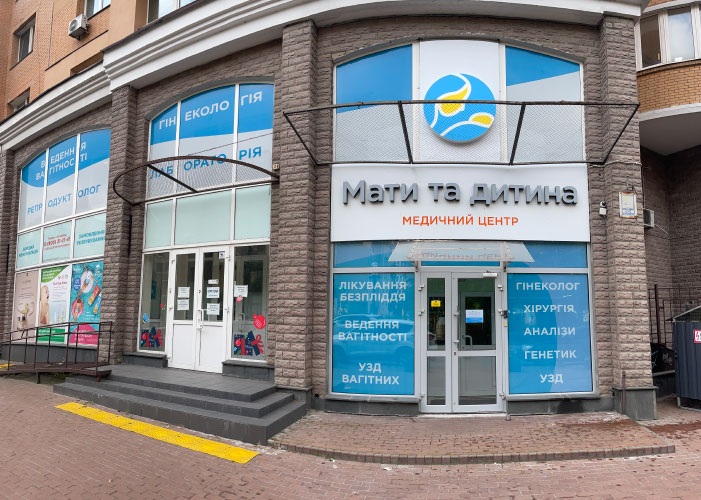

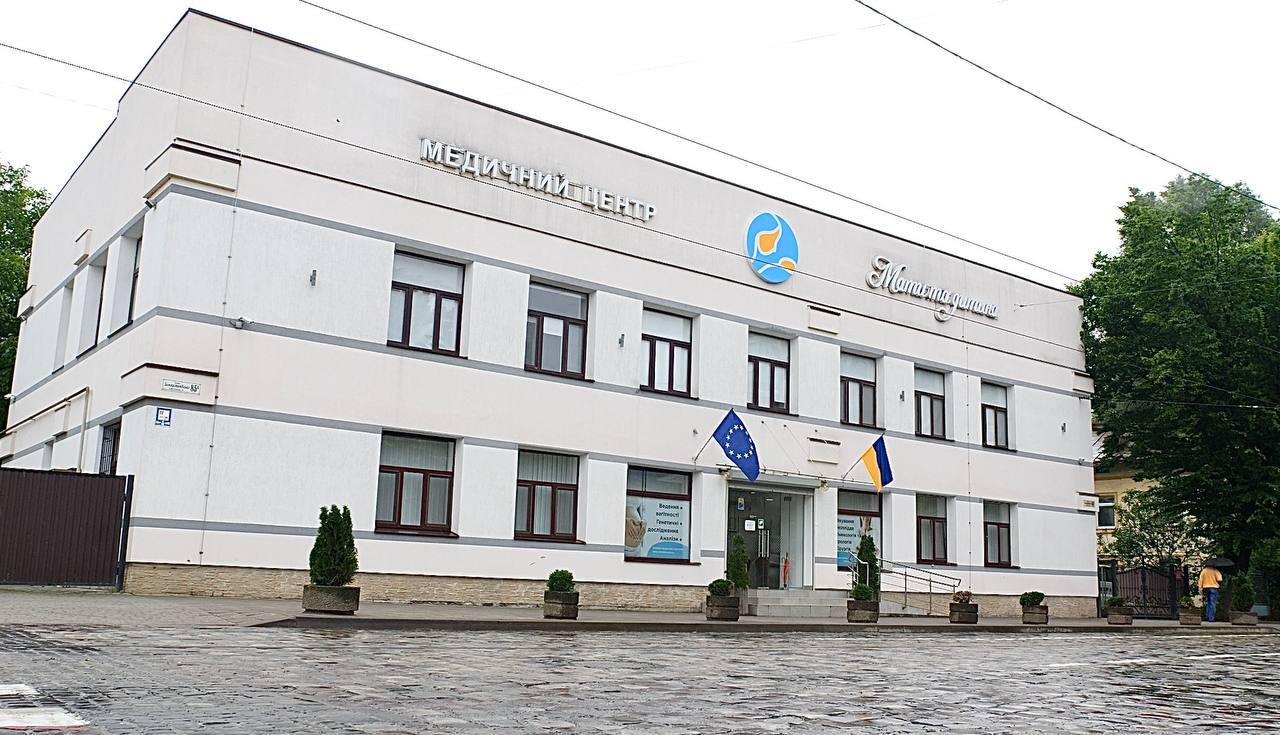


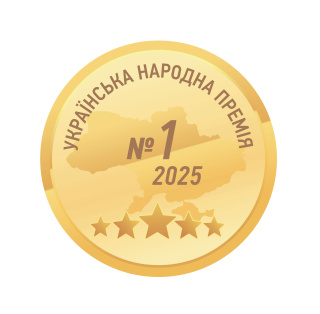
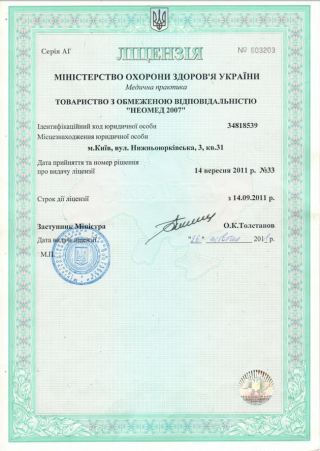



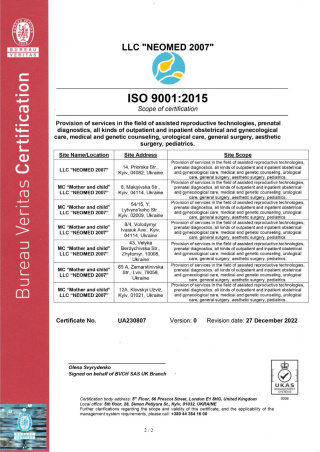



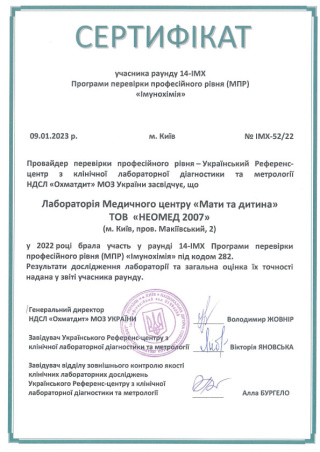


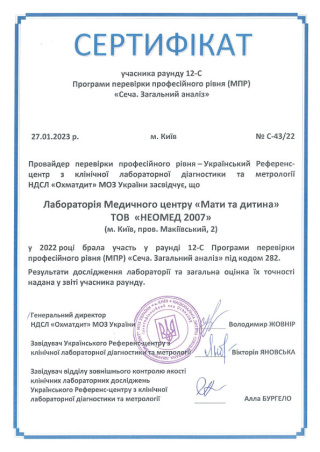
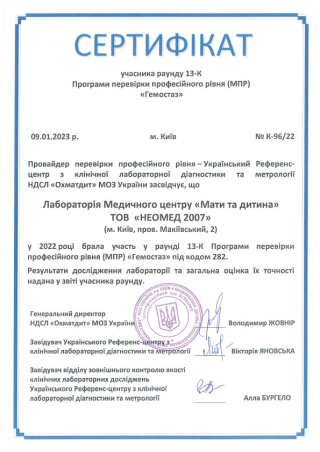

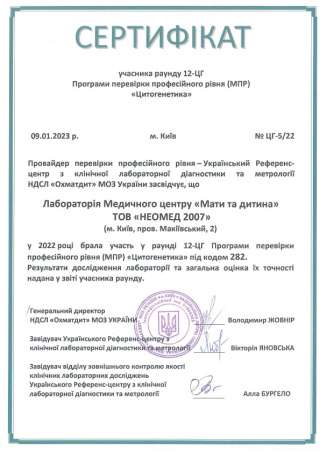
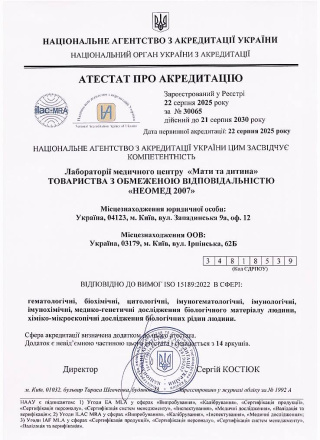
Reviews